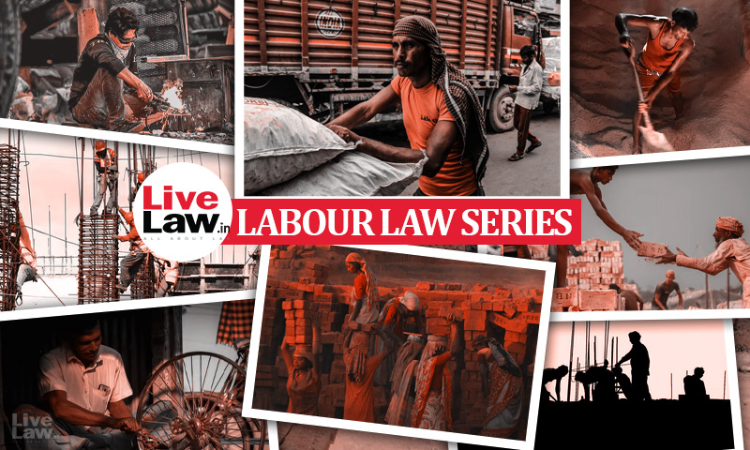- Home
- /
- Top Stories
- /
- Strikes And Lockouts
Strikes And Lockouts
Rashmi Bagri
13 Jan 2022 5:06 PM IST
Preventing illegal strikes and lockouts is a key concept both under Industrial Disputes Act, 1947 and in the Industrial Relations Code. Its significance can be understood by the fact that this statement finds its place in the very objectives of the Industrial Disputes Act, alongside maintaining harmony and good relations and well, solving industrial disputes. This article aims to look at...
Next Story



